It’s frustrating if your home has a fireplace, stove or fireplace insert that will not light. It doesn’t matter if it’s gas, wood or pellets, you want to enjoy the coziness of a fire and things are just not happening for you. It could be a number of items, from simple to complex, but is there something you can do to try and troubleshoot the specific problem? Or is it something you should contact your WE LOVE FIRE expert about?
Here are some troubleshooting tips, by fuel type, that might help answer many concerns regarding ‘no ignition’. Keep in mind these are intended to be somewhat generic in nature in order to illustrate common problems and possible solutions.
PELLET STOVES & INSERTS:
If you own a pellet stove, regardless of its age, the owner’s manual should be a close friend of yours! Regular operating and maintenance procedures are spelled out in the manual and must be followed. A troubleshooting section will be noted in the contents.
Today’s pellet stoves and inserts have sophisticated control boards that actually self-diagnose and troubleshoot. Among other things, this board will monitor heat and pressure sensors, temperature devices, fans, combustion air and other electrical components. So, refer to the manual often and keep in handy.
Ignition for pellet stoves and inserts is automatic. Most appliances will ignite pellets within 5 – 15 minutes after pushing the start button. It’s normal to see smoke in the firebox during the ignition sequence. The smoke will clear and will be pulled through the exhaust system once the fire has started.
Electrical and mechanical components can and do fail from time to time. Here are some of the more common reasons for pellet stoves not igniting.
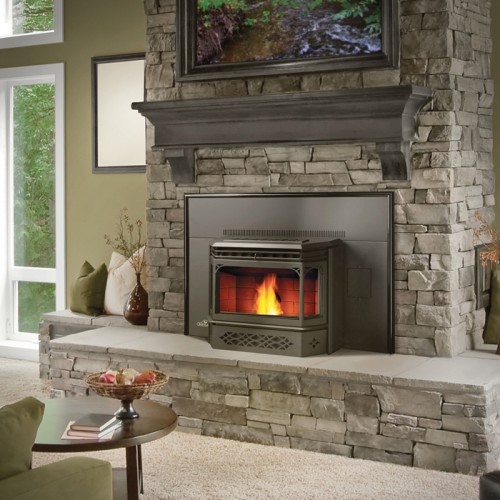 Power Supply. Do the easy stuff first. The first thing that should be done is to ensure the stove is plugged in to the wall and the outlet is ‘hot’.
Power Supply. Do the easy stuff first. The first thing that should be done is to ensure the stove is plugged in to the wall and the outlet is ‘hot’.- Pellet Supply. Make sure there are pellets in the hopper. An auger delivers pellets from the hopper to the burn pot or platform. If the stove has been run dry, keep in mind that it will take a few minutes for the auger to move enough pellets to the burn pot for ignition.
- Dirty Burn Pot. If the burn pot is dirty, you will need to clean it. Pepper-fine ash can quickly accumulate in the burn pot. If it gets too dirty, holes in the burn pot or platform will clog and there will not be enough combustion air to ignite the pellets during the start-up sequence.
- Ignitor Issues. Test to make sure there is voltage to the ignitor. If there is no voltage, the culprit could be a bad fuse. Make sure the stove is in the start-up mode and try to ignite again. If there are still no results, it could be a faulty control board that may need to be replaced.
- Pressure Sensor. This probe measures the pressure in the exhaust system. If the pressure is not correct, the stove will not vent properly. The probe will prevent the unit from lighting as a safety precaution. In this case, check to see that nothing is blocking the exhaust ports or venting system. Make sure there are no obstructions and the entire path of the exhaust is clear. The vent pipe could be blocked, it may need to be cleaned or perhaps it was not installed correctly.
- Jammed auger. If the auger that delivers pellets to the burn pot is jammed or stuck or if the auger motor has failed, no fuel will be carried to the burn pot. You will need to free-up the auger or replace the motor. If this is the case, it’s probably time for a phone call for help.
- Back Draft. This might occur on a very windy day or under unusual weather circumstances. An improper vent profile or termination of the vent pipe may need to be corrected.
The codes and messages on display panels will vary a bit from manufacturer to manufacturer. It’s important that you can decipher and understand the messages. Manufacturers invest considerable time and energy into their owner’s manual. We cannot emphasis enough how important it is to read it, understand it and refer to it often.
WOOD FIREPLACES, STOVES & INSERTS
Let’s move from wood pellets to burning cordwood in fireplaces, stoves and inserts. These appliances are designed to safely build a fire in your home.
Your chimney is not designed for a fire. It’s a passageway for smoke and by-products of combustion to safely exit the house. A chimney could be described as the engine that provides the performance for the vehicle.
Most ignition problems with burning wood have to do with two things, either a poor wood supply, or the air supply. That is, the air for combustion and/or the air for the draft moving up the chimney.
- Blocked or Dirty Chimney. It is crucial to get your chimney cleaned at least once a year. (also see How Do I Clean My Chimney?) Clogged or dirty chimneys are extremely dangerous. They can lead to chimney fires and they hinder the velocity of the draft from your stove or fireplace by reducing air volume. Make sure your chimney is inspected for defects and cleaned, at least once a year.
- Insufficient Draft. Fire needs air to ignite and burn. Make sure the damper is fully open. Remove excess ash. Certain weather conditions such as strong winds, severe cold or high atmospheric pressure can make drafting a stove, fireplace or insert more difficult. In extreme cases like this, it may help to keep the stove door slightly ajar until the fire and coal bed is well established. If you suspect your house suffers from negative air pressure, test it by opening a window to allow more combustion air to the fire. This technique should help getting a draft established. (See also: What Is Negative Air Pressure?) If negative air pressure is a recurring problem, reach out your WE LOVE FIRE expert to help find a permanent solution.
- Cold Chimney Flue. If your chimney is very cold, you may find lighting a fire can be rather difficult. Since cold air is heavier than warm air and will sink, a cold chimney will not allow the warmer air and smoke to be pulled up the chimney. Sometimes, a paper torch can be held at the top of the firebox and the chimney can be warmed enough to get a draft established. Just be careful not to get burned.
- Oversized or Damp Logs. To start a fire, you will need to begin with small dry kindling and a couple wads of newspaper or shredded paper from the office. Light it and the heat from it will begin to warm the chimney. Once the kindling is going, add slightly larger pieces of wood until you get coals established and can gradually add split logs. If your logs are damp, they will have a hard time catching fire. Firewood should be allowed to dry for at least a year before being used and be kept indoors prior to use. (See also: What Is The Best Type Of Wood To Burn?)
- Chimney Is Too Short. If your chimney is too short, smoke can back up into the house. A short chimney will prevent a draft from being established. The chimney should be at least 12 ft high. Code requires chimney’s to be at least 3 feet above the roof and 2 feet higher than anything measured within 10 feet horizontally from it. Need help deciphering this? Your WE LOVE FIRE dealer is there for you!
GAS FIREPLACES, STOVES OR INSERTS
Many gas fireplaces have become more complicated over the years. But that’s not a bad thing! Additional safety features and a ton of options combine to make today’s direct vented gas fireplaces more reliable, safer and more beautiful than ever before. But occasionally, something on your gas fireplace, stove or insert may need attention. It should go without saying, because gas is nothing to be messing around with, if it’s an issue you don’t feel comfortable correcting yourself, just call your WE LOVE FIRE expert.
Here are a few of the reasons a gas fireplace may not start. And, if there’s any doubt at all, please call for assistance. And don’t forget to keep the owner’s manual handy. It’s a valuable resource!
- Pilot. Check the pilot knob on the gas valve. If it’s in the ‘off’ position, relight it. If your fireplace has Intermittent Pilot Ignition (IPI) system, be sure to check the batteries and make sure the switch is in the IPI position. Occasionally a gust of wind gust can blow out the pilot light. See your owner’s manual for more instructions about the pilot light on your specific unit. With an IPI system, if the pilot flame does not make the correct contact with the flame rectification sensor on the pilot assembly, the burner will not ignite. Still no fire? It’s time to call for help.
- Thermopile. A thermopile is the device that produces millivolts of electricity that allows the gas valve to open in order to ignite the pilot light. A small amount of soot or dust, or perhaps small cotton-like spider webs can prevent the thermopile from lighting the pilot. You should see a small blue flame burning on a component about an inch long and the diameter of a pencil. If you cannot get it lit or it will not maintain the small blue flame, call your WE LOVE FIRE dealer. It may need to be replaced. If the thermopile is not working, the pilot light will not ignite and the gas valve will not open.
- Gas supply. Make sure there is gas in the propane tank. (Natural gas customers do not have to worry about their fuel supply.) Make sure that all gas supply valves to the fireplace are open.
- Gas pressure. The supply line may be too small or it could be bent or kinked. This happens occasionally with copper pipe and could prevent an adequate volume of gas to the appliance.
- Thermostat setting. If your fireplace, stove or insert operates with a remote or a wall thermostat, make sure the thermostat setting is higher than room temperature before trying to light your fire.
- Batteries. If your unit operates with a remote, check it and the receiver to ensure the batteries are not dead. If you’re changing batteries frequently, check your owner’s manual. Some manufacturers specify certain types of batteries.
- Burner orifice. If the main burner orifice is plugged, the burner will not receive any fuel and will not ignite. This warrants a service call to your dealer.
- Glass. If the glass is off or incorrectly installed, your fireplace, stove or insert may not ignite. The glass must be correctly installed if the unit is operating. Do not use a gas fireplace without the glass in the proper position.
- Wiring. If you clean the dust and dog hair beneath your fireplace or insert, be careful not to damage or detach wires. It’s tight in there with the valve, fan, gas and electric lines, receiver, etc. so be careful. If you’ve bumped or jarred something loose and cannot figure out where it goes, call for assistance.
WHERE IS YOUR COMFORT LEVEL?
No matter what type of fireplace, stove or fireplace insert you have, you have to be comfortable and confident in your ability to perform any of these tasks discussed above. This is not meant as a ‘how to’ article or tutorial regarding troubleshooting a hearth product. The intention of this article is to simply give the reader an idea of several items that may need attention or that might fail.
Several times we’ve mentioned the importance of reading and following instructions in the owner’s manual. It’s critical. We also mentioned to call your WE LOVE FIRE dealer for assistance. Nationally certified technicians that have special training to troubleshoot and repair gas, wood and pellet equipment are on staff and prepared to help.
Properly maintaining your equipment and recognizing when something isn’t quite right will keep it operating correctly and safely. By doing so, you will enjoy many memorable moments next to a warm, comforting fire in the days and weeks ahead.
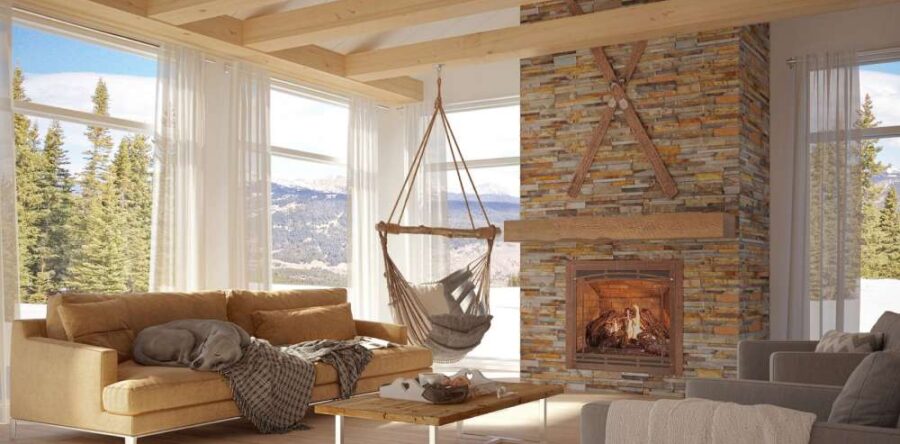

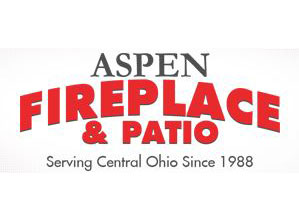
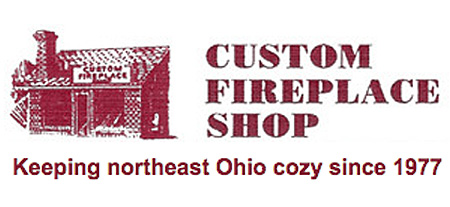



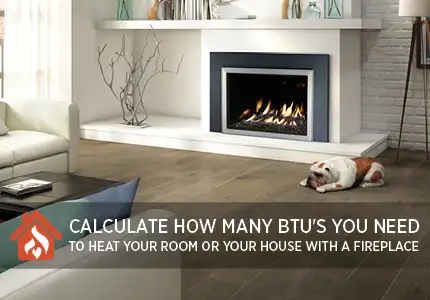

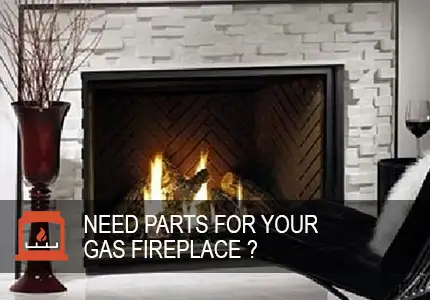
0 Responses